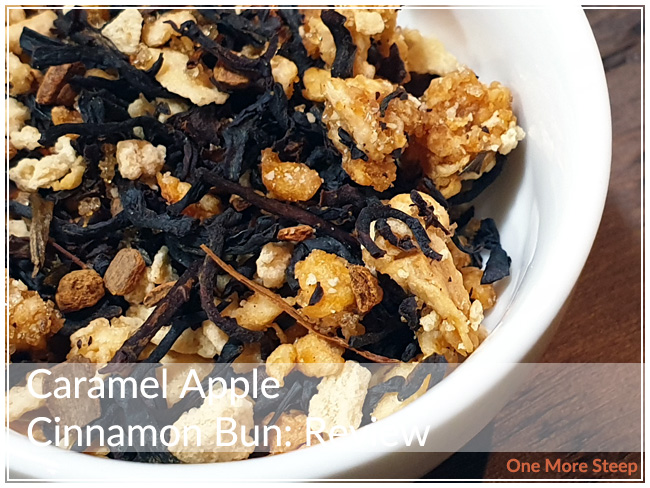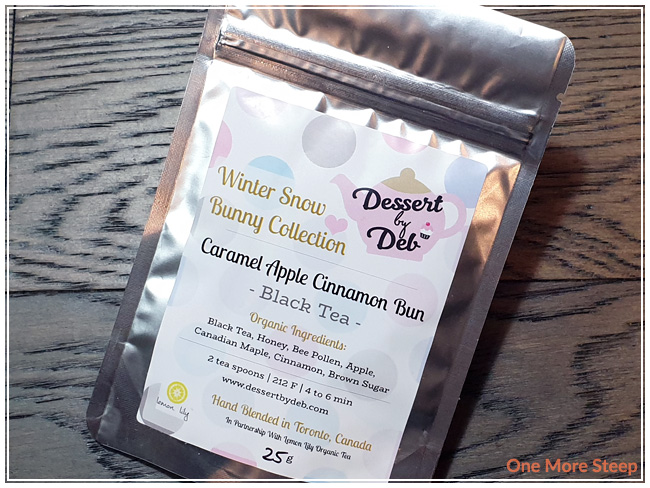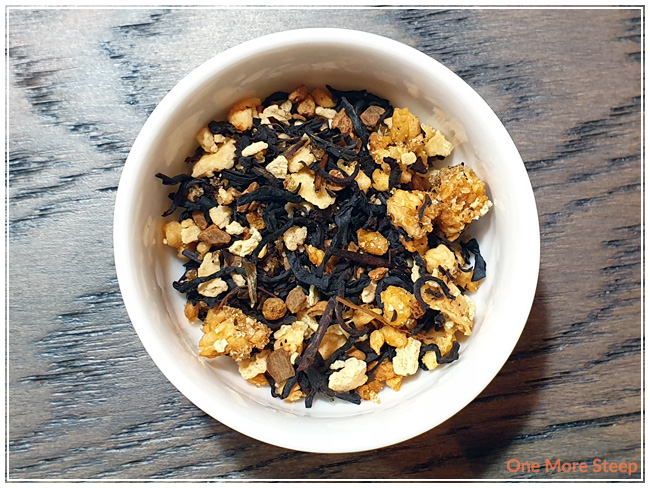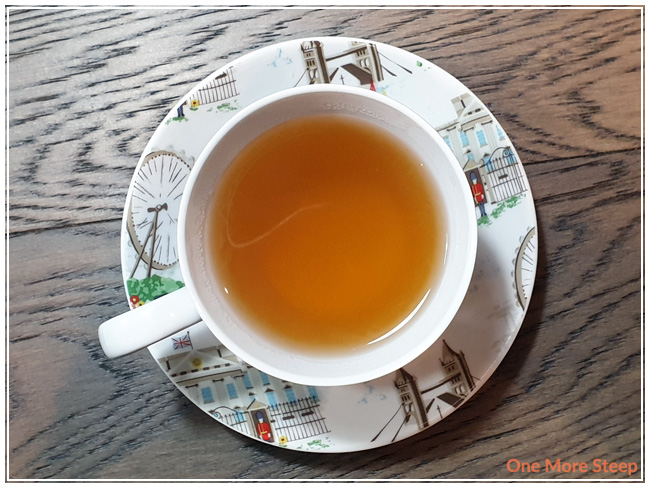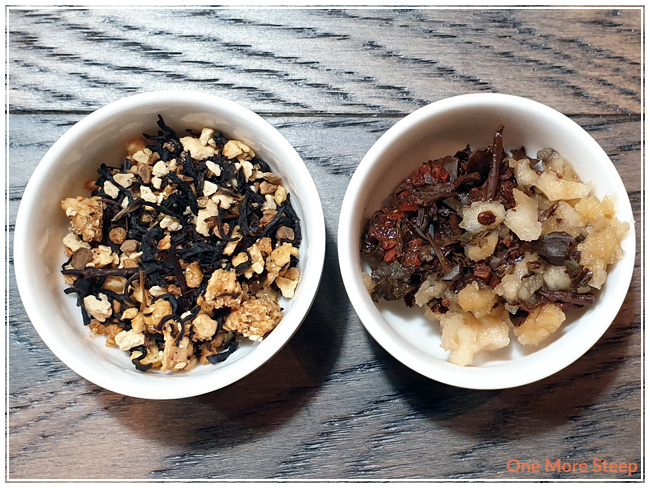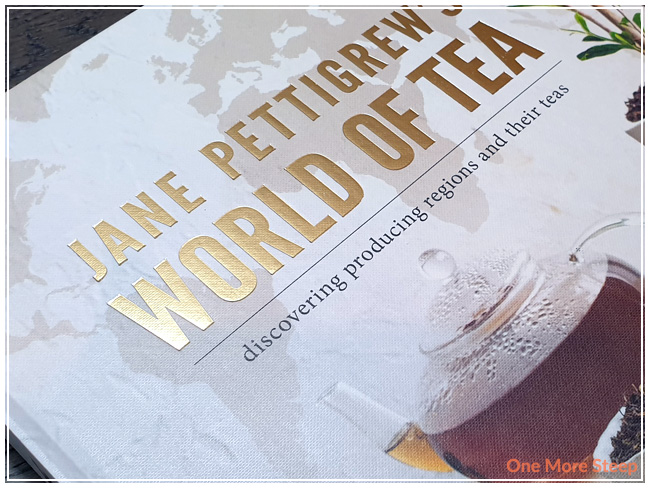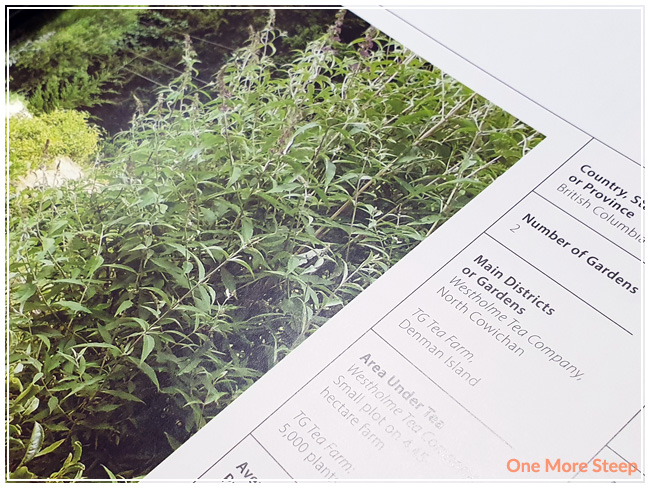Opalescent Ceramic Perfect Spoon by DavidsTea
Ceramic
$10.00
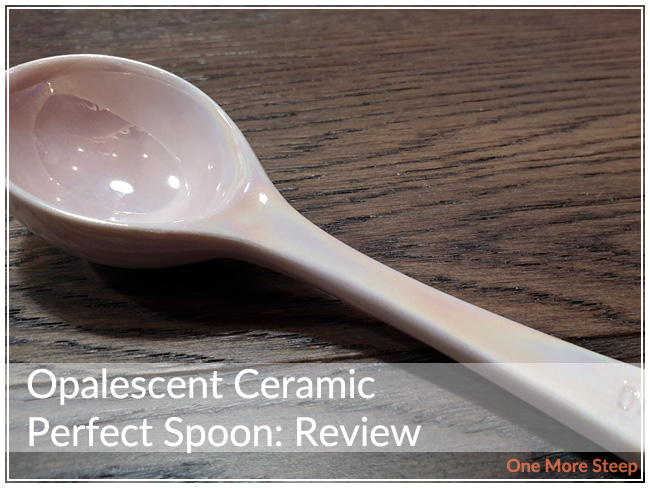
First Impressions
Full disclosure, I purchased this spoon late 2019 and got it for 30% off (at the time of posting, the Opalescent Ceramic Perfect Spoon was still available for purchase at an even greater discount!) – and I got it online so I didn’t even have to leave my living room, which was pretty awesome.
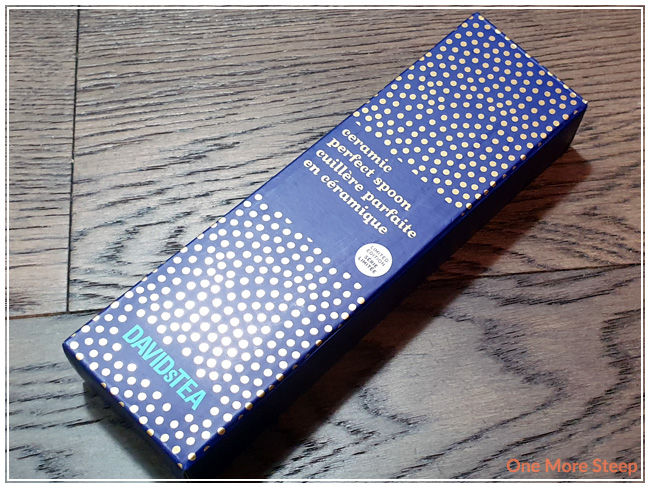
The Ceramic Perfect Spoon comes in a lovely navy box with a gold foil polka dot design across the front. The spoon itself comes in a thin foam pouch for extra padding since it is ceramic and it is fragile. The packaging does indicate on the back that the soon is fragile and may break if dropped, to hand wash, and that the spoon is not dishwasher or microwave friendly – just something to keep in mind if you’re one of those people who loathes hand washing dishes.
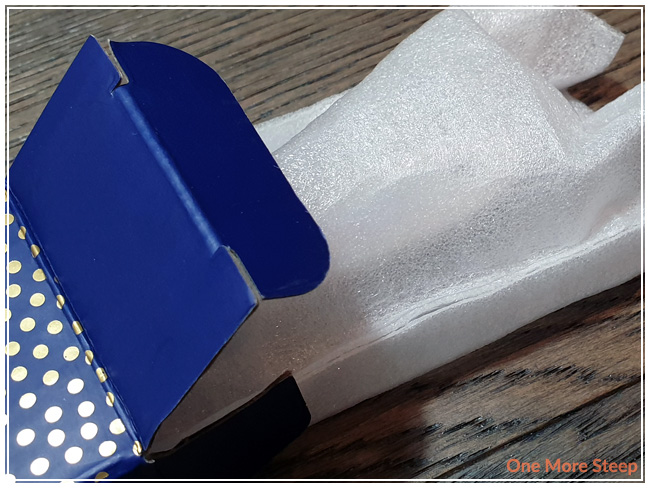
Preparation
I opted to wash my Opalescent Ceramic Perfect Spoon by hand prior to the first use. I find it’s a good habit to get into because you never know if things get washed after the manufacturing process or not, or how many people have touched it and if their hands were even clean.
And now that I’m coming off as a complete germaphobe (I work in a hospital, you guys, I clean my hands constantly)…
First Use
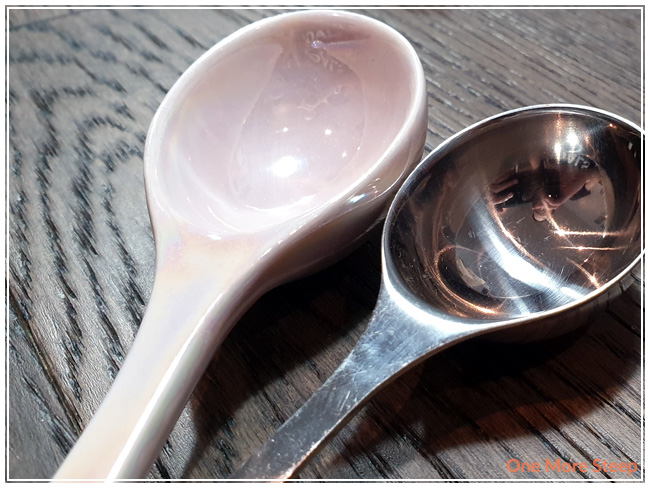
First and foremost, the Opalescent Ceramic Perfect Spoon functions well… as a spoon. For comparison, I put it up against the stainless steel Perfect Spoon (which I’ve also reviewed before…). The handle of the spoon is basically the same length when I eyeball it. The bowl¹ of the spoon is a bit larger. The silver Perfect Spoon can nestle into the Opalescent Ceramic Perfect Spoon nearly completely, so it does hold a little bit more tea leaves, which is perfectly fine from a usage point of view.
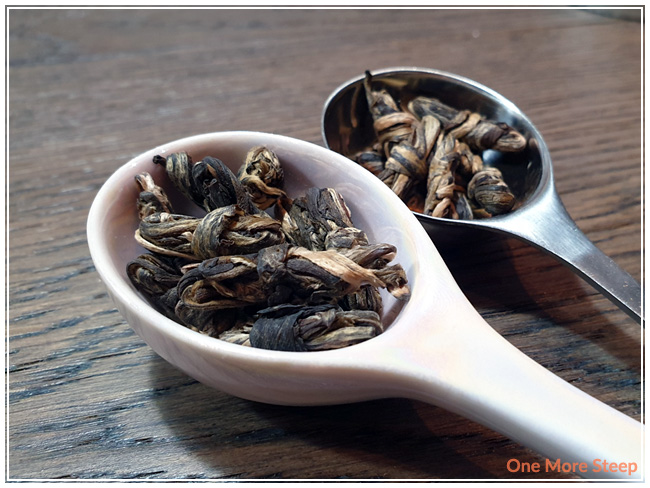
Interestingly, there is no glaze on the inside of the hole located near the tip of the handle. So if you’re thinking of threading anything through, the inside is a bit rough so it may wear on any ribbons or strings.
¹ I definitely looked up “parts of a spoon” prior to writing this review so I would actually be able to use spoon terminology.
My Overall Impression
![]()
I thought that the DavidsTea’s Opalescent Ceramic Perfect Spoon was just okay. It functions fine as a spoon, which is what one would be purchasing it for, and the beautiful shimmery opalescent glaze is really pretty… But it is quite fragile. I found reviews of the spoon online where it shattered after a single drop, which makes me quite hesitant to use it in my regular everyday tea drinking life. It may be a spoon that I pull out for special occasions just due to the fragility of it. Much like the coloured Perfect Spoons that have the coloured coating flake off, I don’t want to be picking stuff out of my tea, which is the reason why I always reach for the silver Perfect Spoon instead.
Curious about the cup rating system? Click here to learn more.
